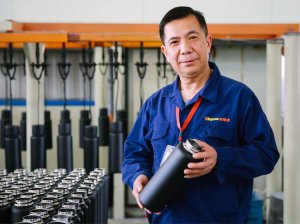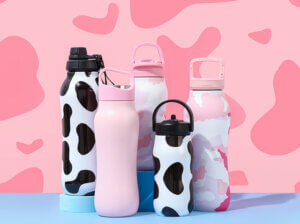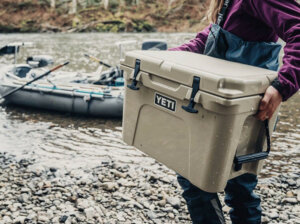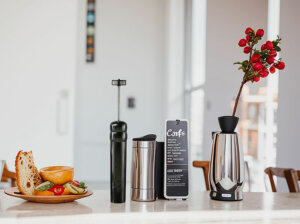Designed in 1896 by English scientist Sir James Dewar, the first insulated metal water bottle was invented and lasted even today with his name. He sealed one bottle inside another and then pumped out the air inside which made his insulated bottle. Such a vacuum in between is a great insulator, which also generated the nowadays’ saying “keep hot liquids hot, cold liquids cold.” However, it was never patented until German glassblower Reinhold Burger and Albert Aschenbrenner who previously worked for Dewar founded a company to manufacture the insulated bottle named Thermos, which was “threm” in Greek, meaning hot.
Now it has been beautified and put large-scale production with robots. Purchasers can customize the bottles they want, colors, sizes, patterns, and logos even, direct from the factory. People from Asia may prefer hot water as this is conceived as a healthful habit while westerners enjoy cold drinks which makes the stainless steel insulated water bottle a perfect option for both people.
Many people are curious and want to know how vacuum-insulated water bottles are made. Here we will show you the manufacturing process of vacuum-insulated stainless steel water bottle step by step in detail to help you understand.
bulk metal water bottles manufacturing process
Brief Description:
Stainless Steel Pipe –> Produce outer bottle, inner bottle, outer bottle bottom, inner bottle bottom –> Assembly & Welding –> Vacuuming –> Decorating –> Testing –> Packing
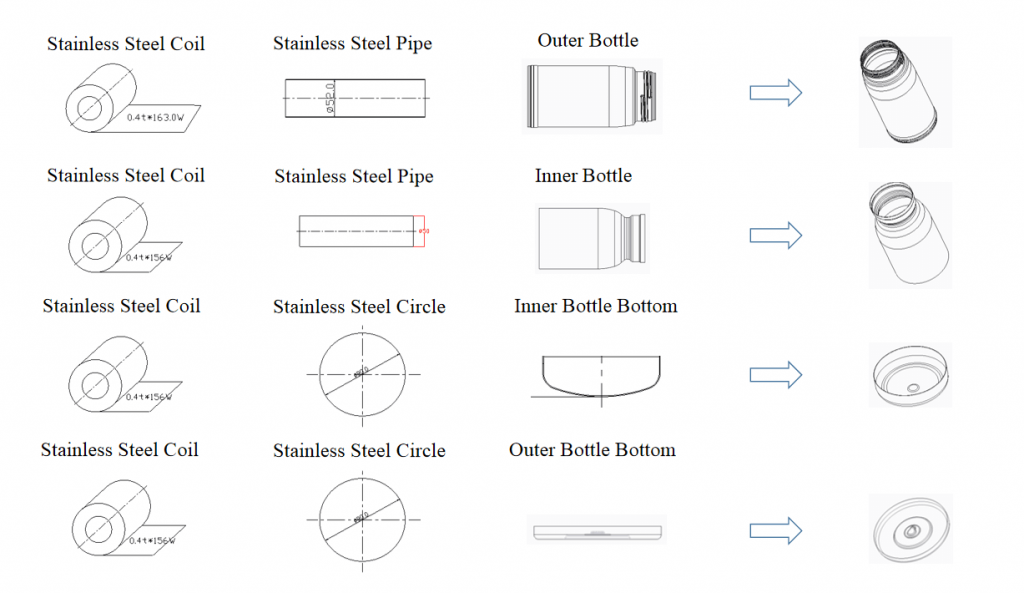
Detailed Instruction:
1. Manufacturing Outer Bottle & Inner Bottle
①Pipe Cutting: Cut raw material – stainless steel tube – to the appropriate length.
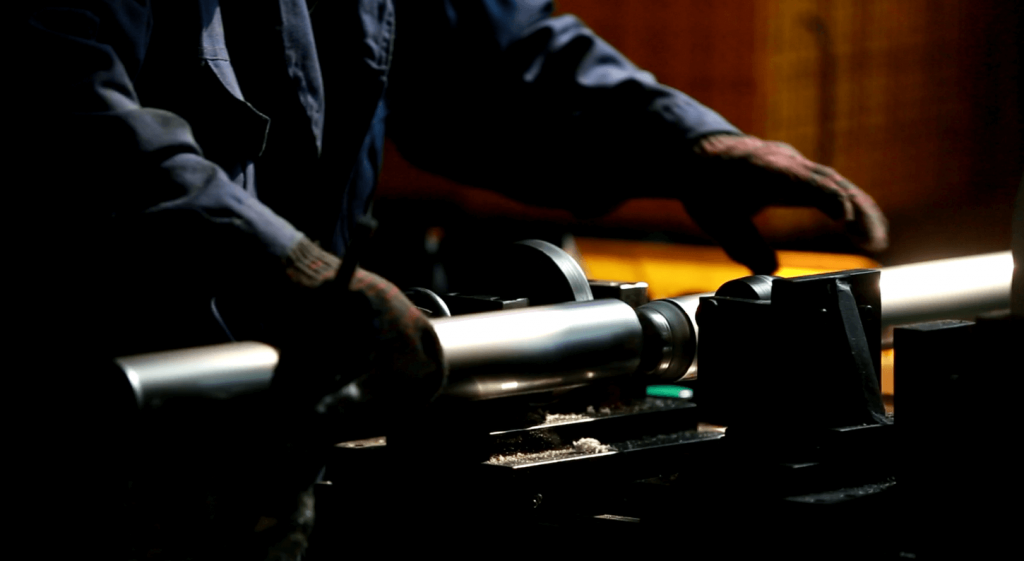
②Water Expansion: Stainless steel pipe is the raw material of this method. First, place the stainless steel tube on the water expander. The pipe expands into a bottle under enormous pressure. In this way, the resulting bottle has no bottom, so a round stainless steel plate is welded to it to form a complete bottle.
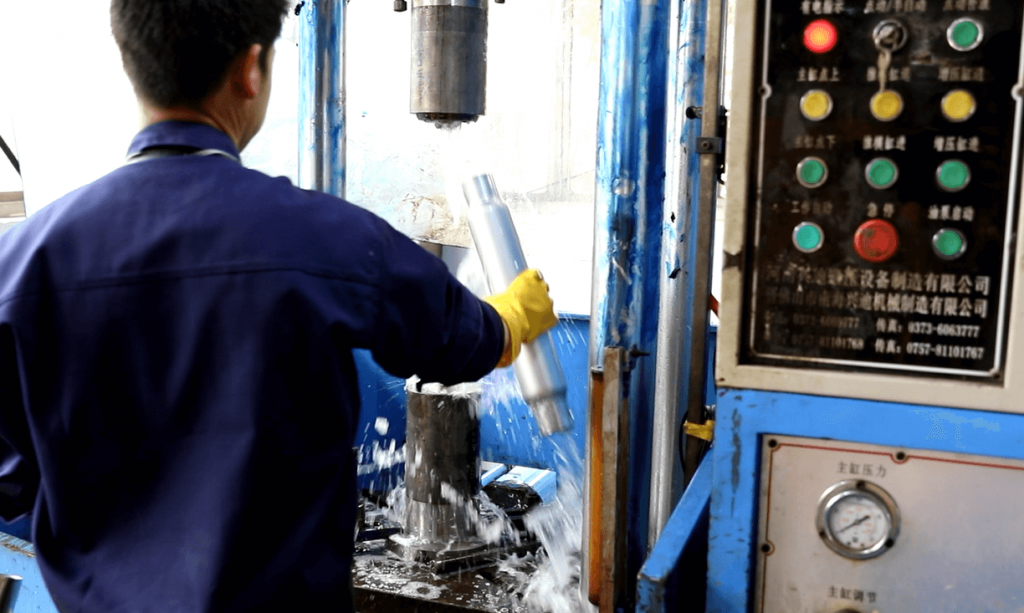
③Separating: Cuts off the two shells after water expansion with the instrument cart. If the outer bottle is formed by the water expansion process, a separation process must be carried out to separate the stainless steel tube into two parts.
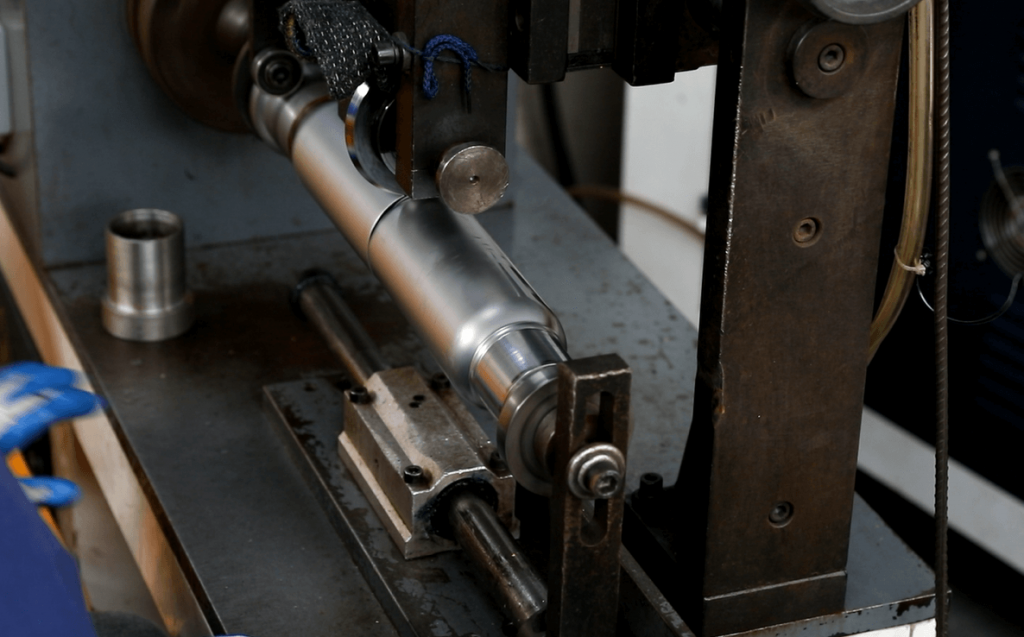
④Positioning & Shaping: Uses a large press, you can get the outer bottle you want, and ensure that the size of the product meets the requirements of the process drawings, and there should be no obvious defects such as wire drawing or cracking in the mouth.
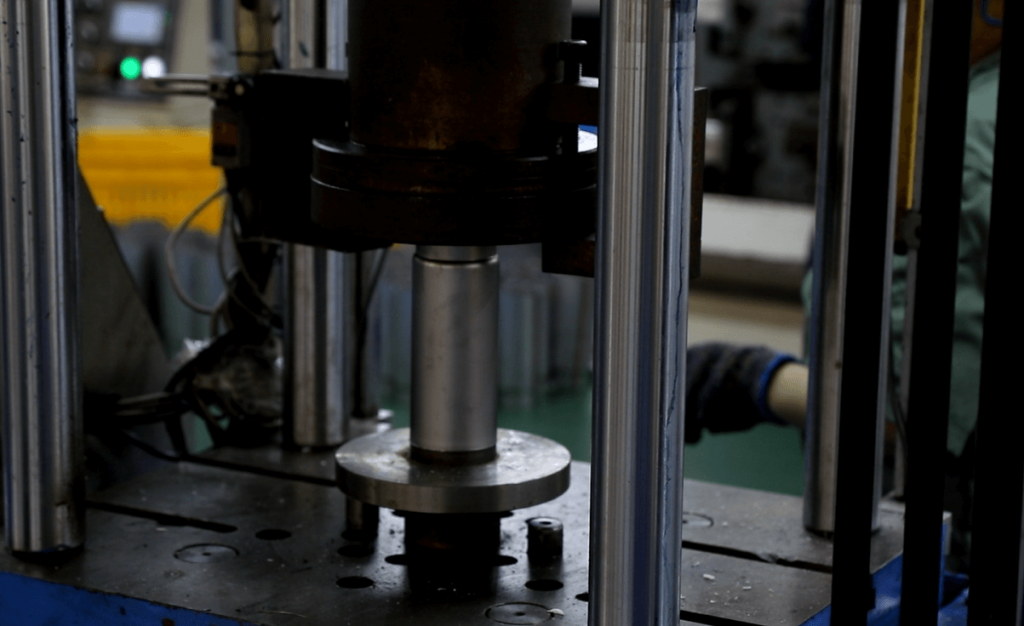
⑤Necking: Uses a machine to squeeze the upside of the bottle to be a bottleneck.
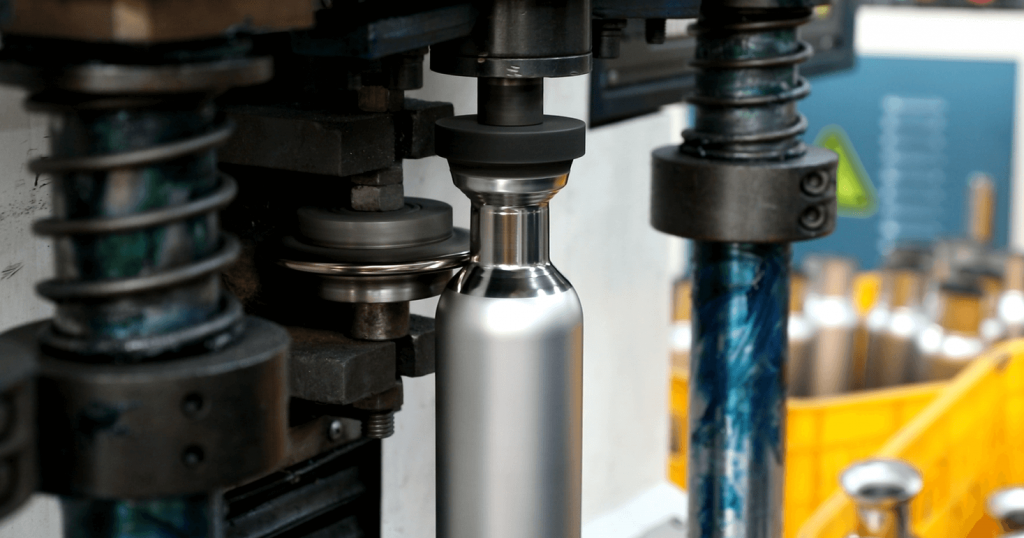
⑥Thread Rolling: Threads are made with a special threading machine. Adjust the thread depth to meet the size requirements.
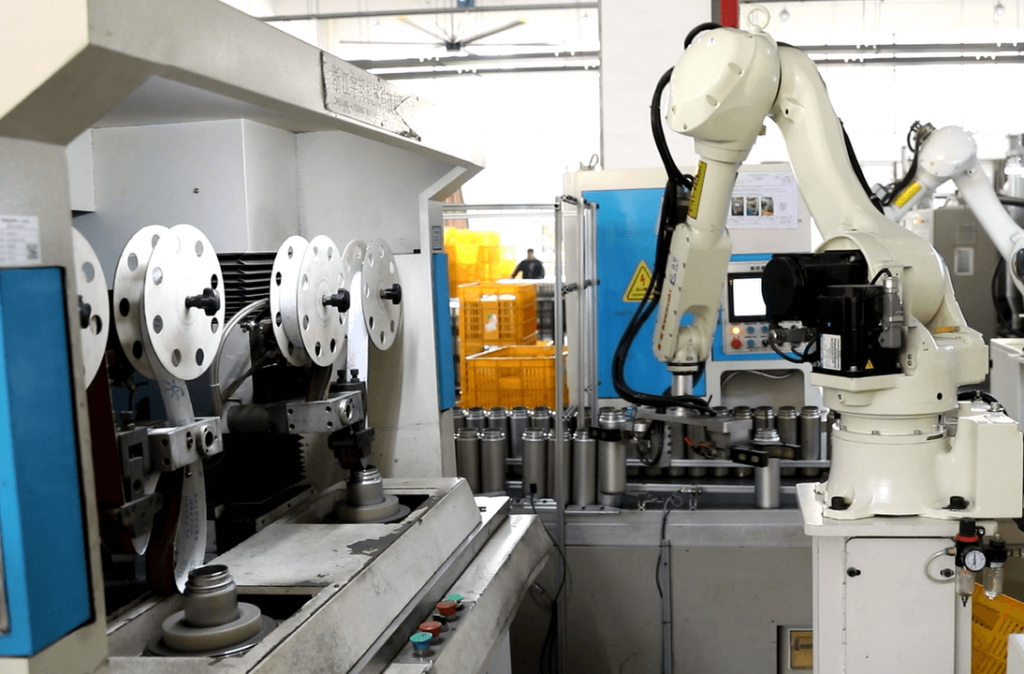
⑦Flat Mouth & Bottom: Cuts the excess part of the mouth and bottom. Make the cutting surface of the bottle mouth and bottle bottom smooth without obvious burrs, and roll out the bottle mouth thread.
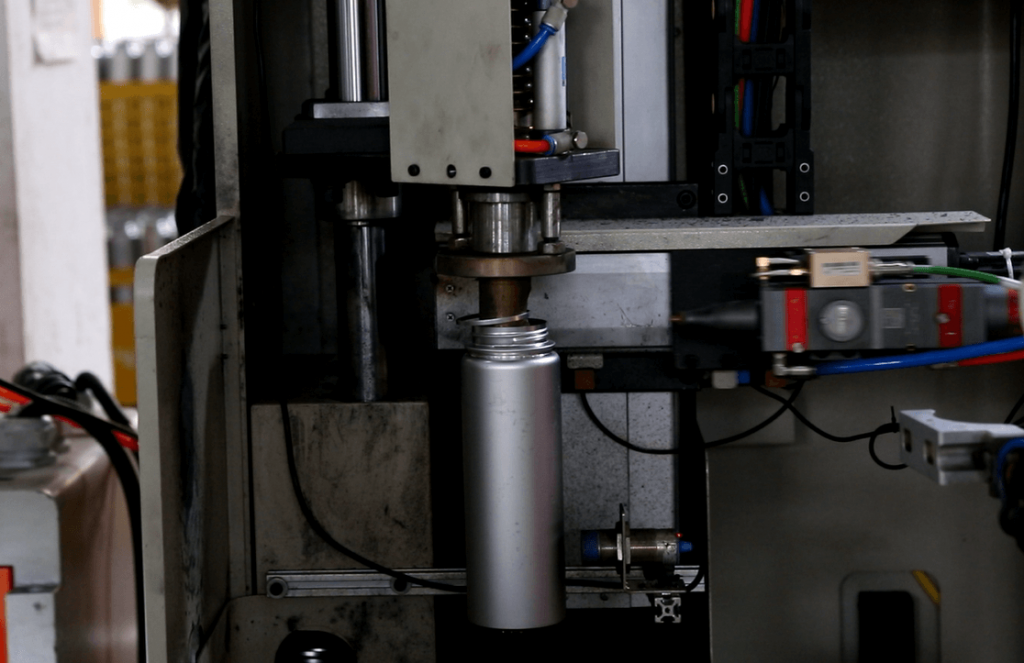
⑧Ultrasonic Cleaning: Removes lube and dust to ensure clean, oil-free, dry-free watermarks.
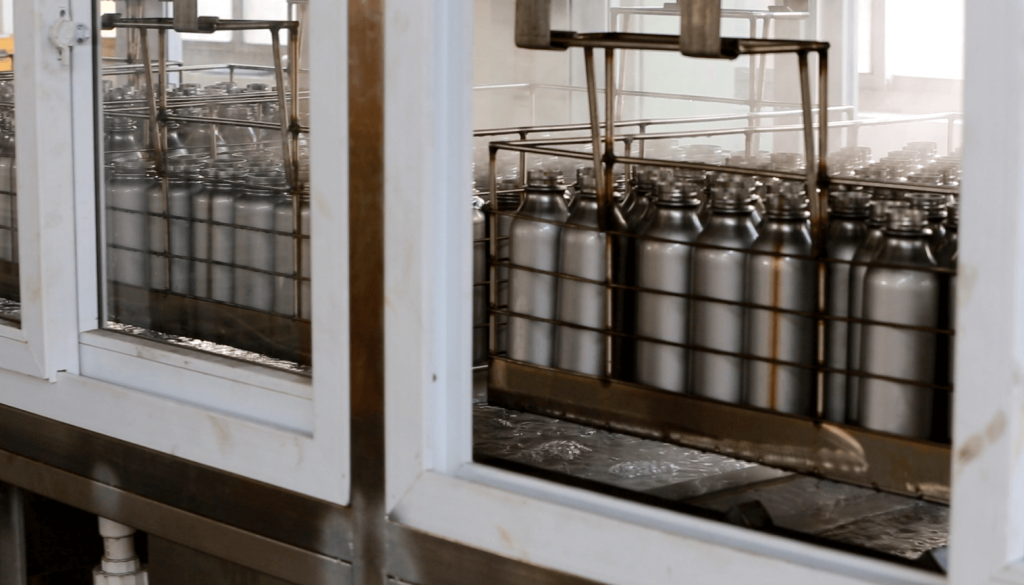
2. Assembly (Bottle Mouth Matching)
①Assemble the inner bottle and the outer bottle together by pressing the machine.
②Assemble the round bottom to the bottle by pressing the machine.
③Weld the outer bottle and the bottle bottom to prepare for vacuum insulation.
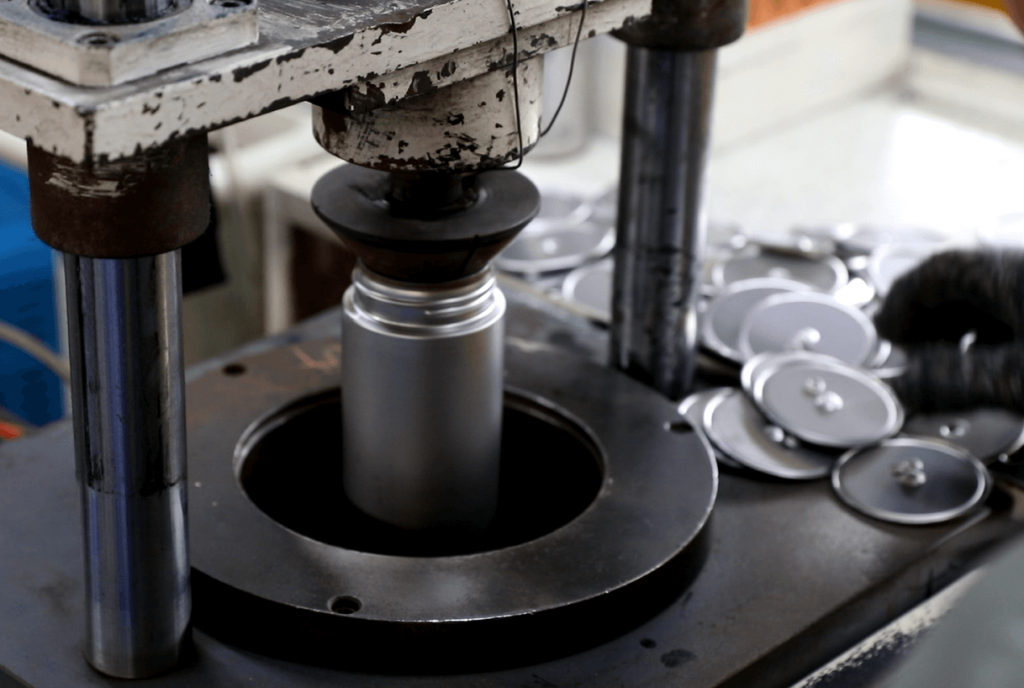
3. Water Leakage Test
Check whether the welding of the inner and outer bottles is in good condition, and eliminate the unqualified products.
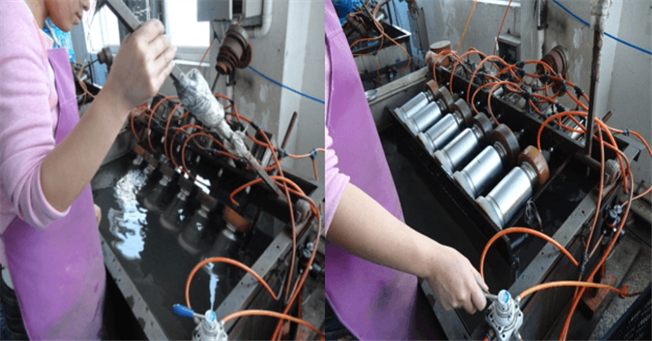
4. Vacuuming
Using the tailless vacuum technology of the machine, the vacuuming standard shall be strictly followed. A vacuum is formed between the inner tank and the outer bottle, thereby preventing heat transfer, providing insulation, and preventing hot hands.
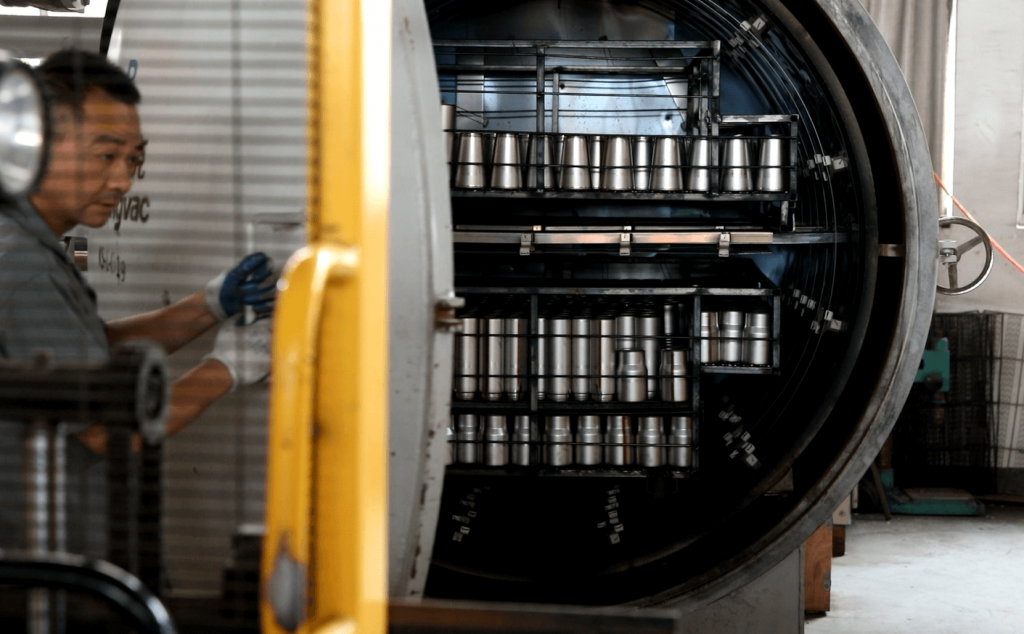
5. Quality Tests (incl. submission to 3rd party test):
Our factory had testing capabilities and performed leakage, thermal insulation, torque, and unit drop tests in the house lab, also arranged product compliance tests (FDA, LFGB, EC1935-24) according to customer needs.
6. Mechanical Polishing
Polish the surface of the outer bottle to ensure that the mouth of the bottle is smooth and shiny. There must be no obvious wire drawing, scratching, black wire, and pits.
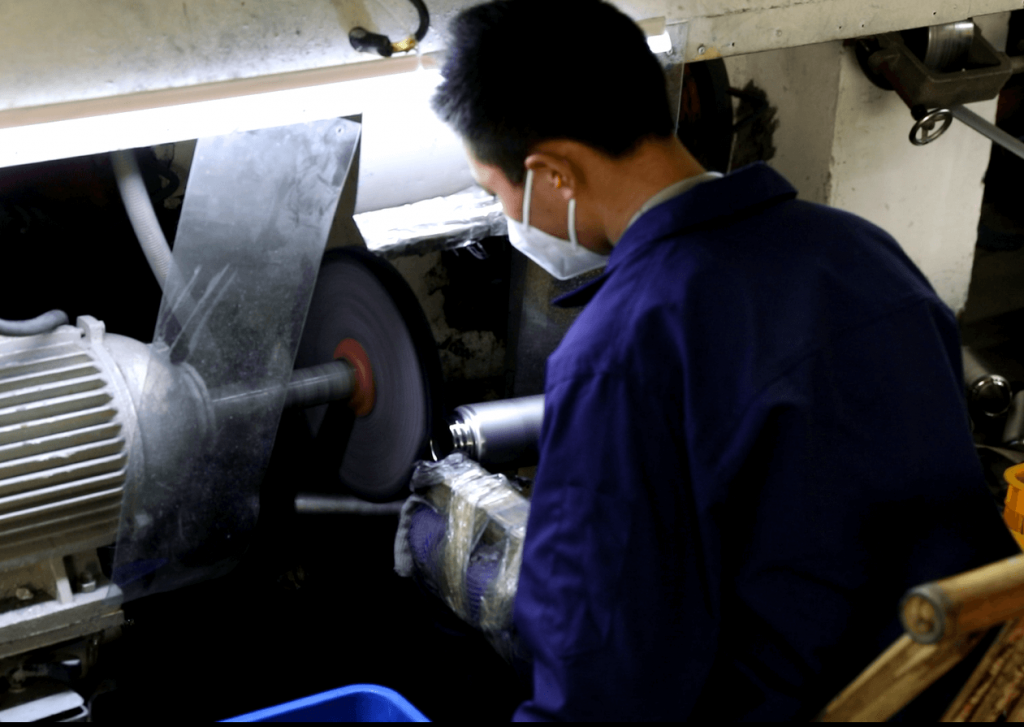
7. Temperature Test / Insulation Test
Blow hot air into each bottle. If the outside of the bottle is kept cool, it means that the heat from the hot air will not be diverted and the bottle is vacuum insulated. On the contrary, if the bottle gets hot, there is a problem with vacuum insulation.
8. External Coating
The bottle is now ready for external coating – powder coating or spray painting. Kingvac is capable of doing both spray painting and powder coating processes.
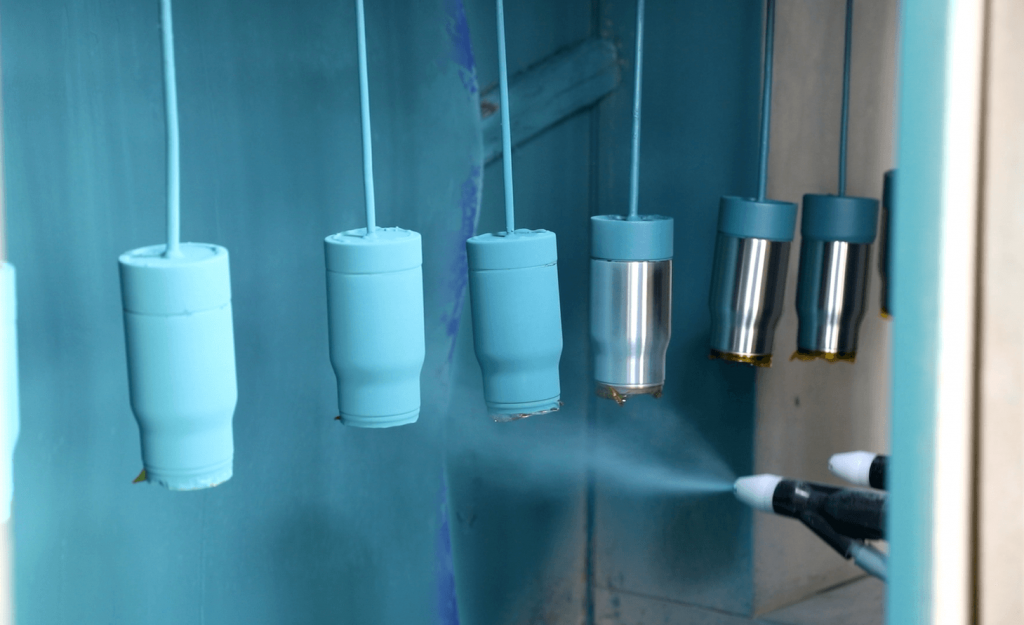
8. Pattern and Logo Printing
Print the pattern design and logo on the bottle with various techniques – screen printing, thermal transfer printing, water transfer printing, laser etching, and so on.
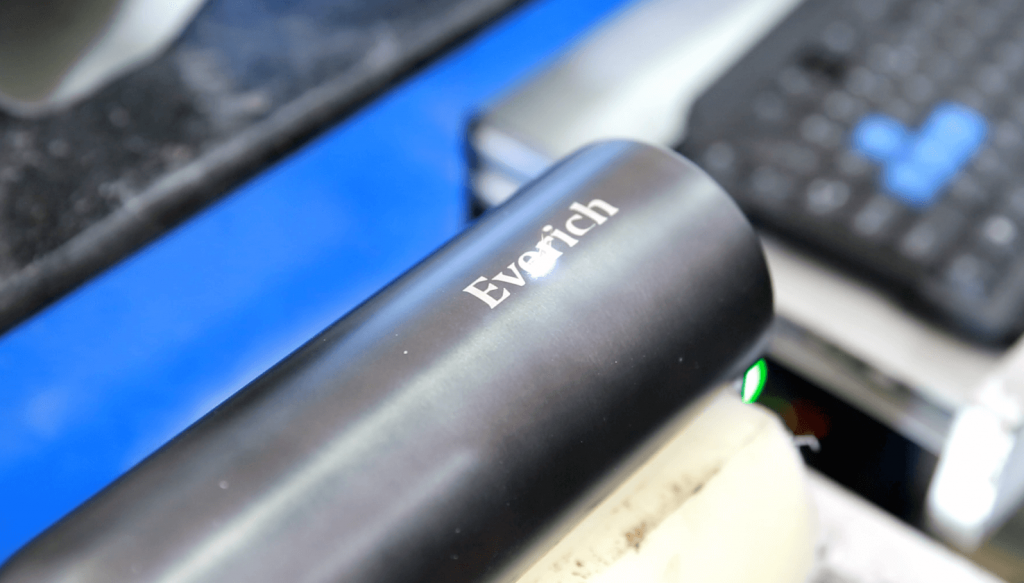
9. Packing
After inspecting each bottle, including visual inspection and lid leak test, the bottle is placed in a separate bag for packaging.
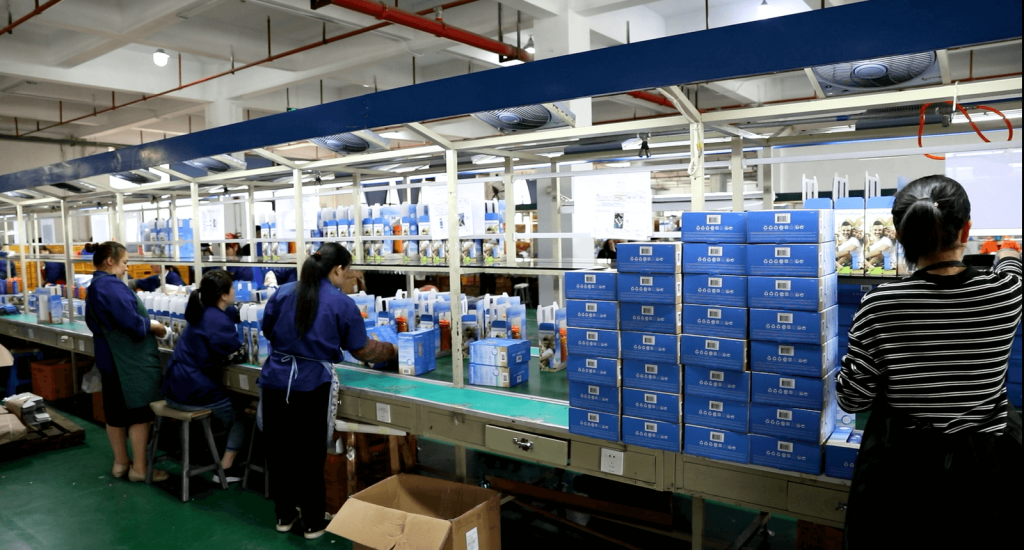
Kingvac, 100% owned by Everich, the stainless steel water bottle manufacturer covers an area of more than 7000m ², and the annual bottle production capacity is up to 20 million. As one of the best professional companies, Everich has focused on the manufacture of the drinkware and kitchenware industry for over 20 years. Everich has rich experience in ODM&OEM orders and a creative design team, composed of 6 domestic and foreign designers. Besides, we also cooperate with many well-known artists and designers, with more than 100 new designs coming into the market every year. As the leading water bottle manufacturer in China, Everich is worthy of your trust.

